| Columns Retired Columns & Blogs |
Acoustat Spectra 1100 loudspeaker Measurements
Sidebar 2: Measurements
The measured sensitivity (for an octave-wide band centered at 1kHz) was on the low side, being some 6dB below the Snell Type K dynamic speaker at 84dB/W/m. Impedance-wise (fig.1), the Spectra 1100 offers no surprises. The sealed-box woofer is tuned to a low 27Hz. The HF contour switch was set to Medium for this graph; switching it to "High" drops the top-octave impedance to an amplifier-punishing 1.1 ohms at 20kHz. The upper bass impedance minimum is a still-demanding 3.6 ohms at 200Hz. Coupled with the low sensitivity, this implies that Spectra 1100 owners should avoid wimpy solid-state receivers, classy tube amplifiers, and the like. (Yes, I know GL tried Quicksilver monos, but a) he isn't a party animal like me, and b) the Quicksilver's output transformer can source a bit of current.)
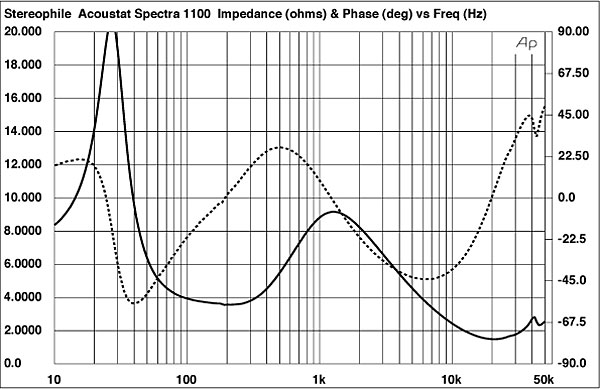
Fig.1 Acoustat Spectra 1100, electrical impedance (solid) and phase (dashed) with HF Contour control set to Medium (2 ohms/vertical div.).
Fig.2 shows the speaker's impulse response at 1m on an axis midway up the ESL panel. This shows a degree of treble ringing, but is otherwise clean. The step response (fig.3) reveals that the woofer is connected in inverse polarity, implying a second-order crossover. Fig.4 confirms this by showing the 12dB/octave rolloff slopes featured by the quasi-anechoic response of the ESL panel at 1m and the nearfield response of the woofer (this measured with the microphone capsule almost touching the drive-unit's dustcap). The matching of the two curves in fig.4 can only be approximate; they suggest, however, a crossover point of 300Hz or so.
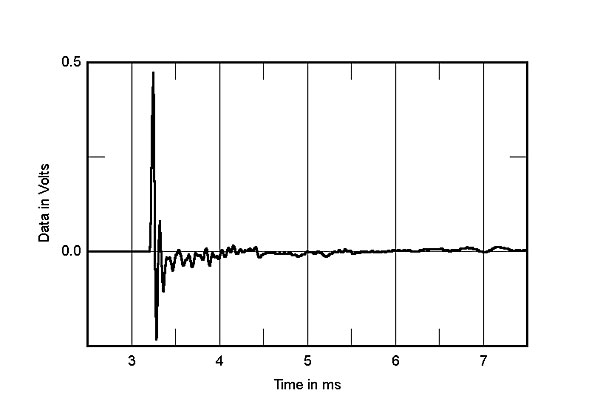
Fig.2 Acoustat Spectra 1100, impulse response on mid-panel axis at 48" (5ms time window, 30kHz bandwidth).
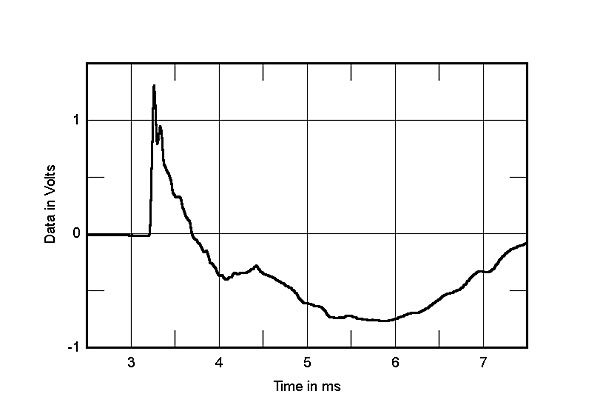
Fig.3 Acoustat Spectra 1100, step response on mid-panel axis at 48" (5ms time window, 30kHz bandwidth).
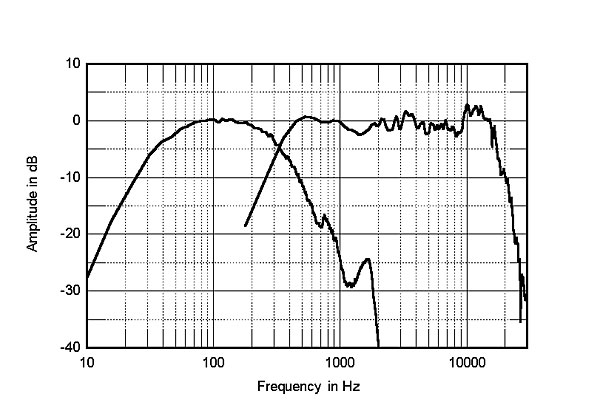
Fig.4 Acoustat Spectra 1100, anechoic response on listening axis at 48", corrected for microphone response, with nearfield woofer response.
Note the generally smooth, flat nature of the mids and highs, broken only by a suggestion of raggedness in the presence region and a slight degree of boost in the bottom half of the top octave. The extreme top also rolls off a little early. (This measurement was taken with the HF Contour switch set at its "Medium" position.) Fig.5 shows the effect of the Contour switch in its extreme positions (±3dB at 20kHz), normalized to its Medium effect. The "High" position gives the flattest measured top octave, but whether this is subjectively desirable will depend on the ancillary components, the size of the listening room, and the degree of the room's acoustic treatment.
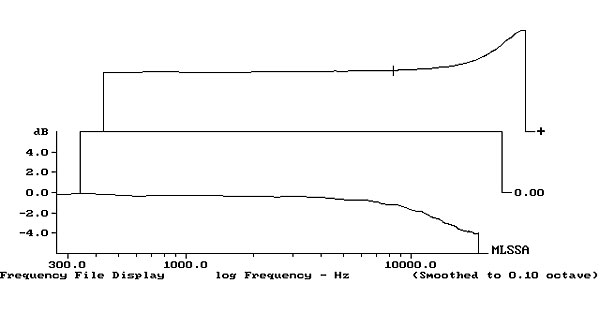
Fig.5 Acoustat Spectra 1100, effect of HF Contour control, normalized to Medium response on mid-panel axis at 1m.
Measured in my listening room, the Acoustats gave a somewhat less flat response (fig.6) than I had anticipated from fig.4. In particular, the woofer region is elevated by 6dB or so compared with the general level of the panel, while this panel's overall smooth response is broken by a degree of presence-region boost and an early top-octave rolloff. (Again, this measurement was made with the Contour control set to "Medium.") I suspect that what's happening here is that in my relatively small room (approximately 21' by 16'), the omnidirectional woofer better matches the room than the bidirectional ESL panel. In a larger room, the outputs of the two disparate drivers would integrate better. (I remember Rockford's listening room at their Tempe, AZ facility being about three times the size of mine.) Subjectively, this probably contributes to GL's positive feelings about the Spectra 1100's low frequencies; what is not shown in fig.6 is the fact that the bass quality is excellent, with no trace of boom.
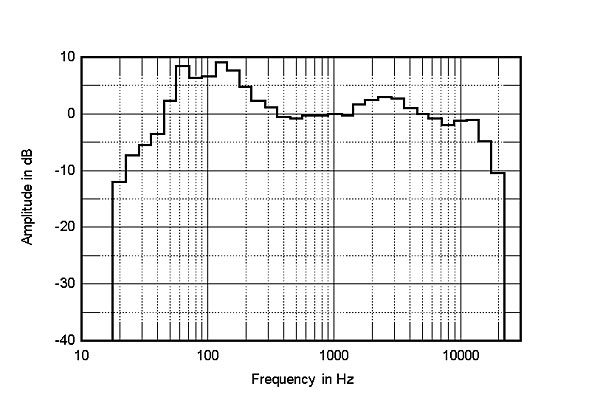
Fig.6 Acoustat Spectra 1100, spatially averaged, 1/3-octave response in JA's listening room.
Interestingly, I didn't always hear the presence-region boost as added brightness, though it was distinctly audible with pink noise. Instead, the main effect was that the midrange seemed laid-back compared with the bass and low treble, which would aid the excellent sense of depth that GL noted with these speakers. The depressed top octave with the Contour control set to Medium was audible, however, leading to a definite lack of air to the 1100's sound. The "High" Contour setting alleviated this to some extent, but I suspect that the 1100's panel has limited horizontal dispersion which, in a relatively dead room like mine, will exaggerate the problem.
This is confirmed by fig.7, which shows the manner in which the speaker's output falls off 7.5°, 15°, and 30° to the outside edge of the panel's midpoint, these responses again normalized to the central response (which therefore appears as a straight line). Note that the hinge point—where the response starts to become increasingly directional with frequency—appears to be between 2 and 3kHz. The maximally wide dispersion in this frequency region probably explains why the in-room balance (fig.6) has an excess of energy here. Again, as with the 1100's bass, the exact treble balance will be very dependent on the listening room's size and acoustics.
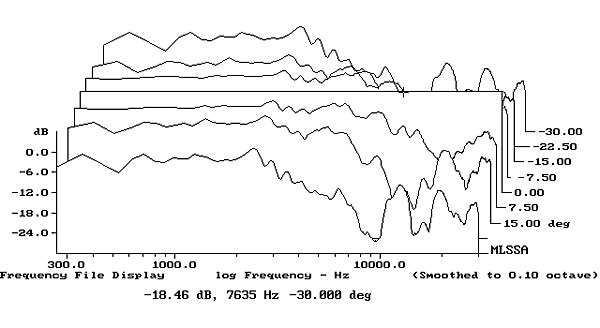
Fig.7 Acoustat Spectra 1100, lateral response family at 48", from back to front: responses 30°–15° off axis, reference response on mid-panel axis, responses 15°–30&3176; off axis.
Finally, the "waterfall" plot (fig.8) shows how the 1100's frequency response decays with time. (This graph should ideally reproduce as an elevated straight line at time zero, looming above a flat sea of lines at –24dB.) A number of ridges associated with resonances can be seen starting about 12dB down from the initial level. (Ignore the ridge at 16kHz, which is due to the system's computer monitor.) The cursor is positioned at a particularly strong mode at 2750Hz; though others are present, these didn't appear to be particularly objectionable subjectively. Perhaps they just contribute to the generally live-sounding nature of the speaker's mid-treble.—John Atkinson
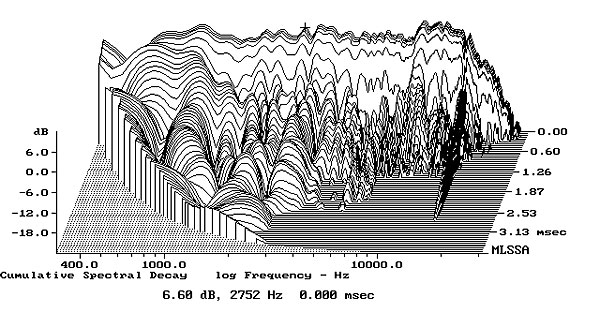
Fig.8 Acoustat Spectra 1100, cumulative spectral-decay plot on tweeter axis at 48" (0.15ms risetime).
- Log in or register to post comments




































